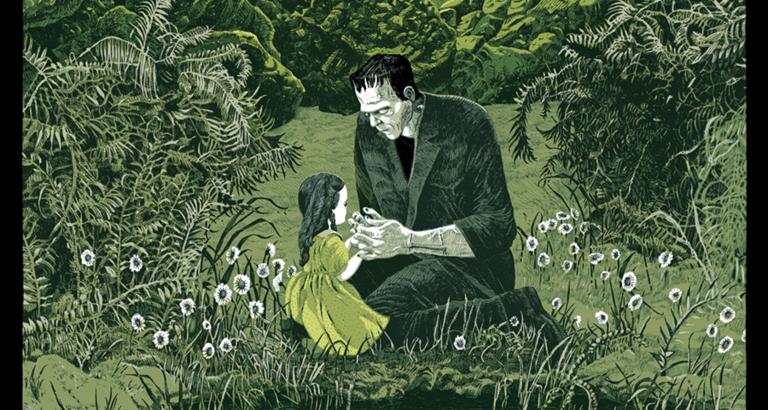With Leigh Whannel’s The Invisible Man due in 2020, and with Paul Feig’s monster mash film, as well as whatever Dexter Fletcher is doing with, of all characters, Renfield, it appears that Universal studios is working hard to get their monster films back on track. With the assistance of the modern House of Horror, Blumhouse Studios, maybe this time the monster flicks will finally work.
While it will be interesting to see what Whannell will do with a story like The Invisible Man, or to see what the often great Paul Feig will conjure with the Dark Army film, there’s a glaring issue that has plagued both the Universal Monsters series, Blumhouse Studios, and one of the biggest horror icon characters around: there’s barely been any women directors within their horror material.
(I say barely because at least Blumhouse is making a start by hiring Sophia Takai to direct the Black Christmas remake.)
Out of all of the Frankenstein films in existence, precisely none have been directed by women. It’s a little bit mad when you consider that Mary Shelley’s book is one of the great novels written by a woman.
This is why I’m proposing that when Universal studios comes to remake Frankenstein, they do so with a woman in the directors chair. Who should they get? Well, here’s ten names who I think would suit the material perfectly.
Jennifer Kent
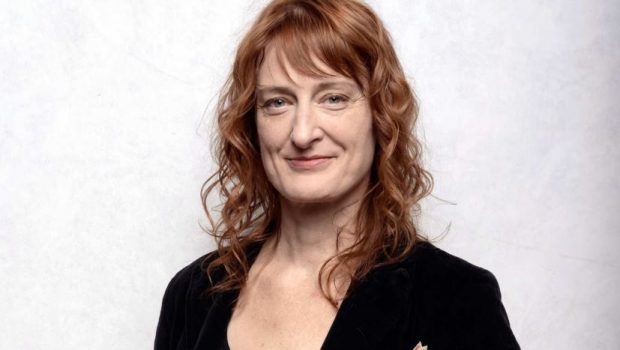
Let’s start off with the most obvious choice to direct a film about Frankenstein: Jennifer Kent. Now, The Nightingale is one heck of a difficult watch, working as a battering about the brutality of colonialism, but it’s with The Babadook that Kent works that gothic muscle brilliantly. In that film, Kent explores the insidious nature of grief and depression, and it’s that foundation that hints at what kind of film she could make with the narrative of Victor Frankenstein and his ‘monster’. The way Kent empathises with the monster in The Babadook is one of the most enduring aspects of that film, and it’s that notion that would make empathising with the Frankenstein’s creation possible.
Rungano Nyoni
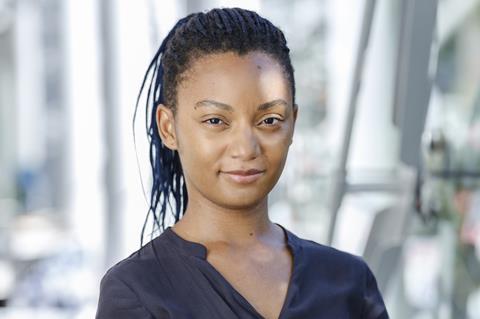
Rungano Nyoni’s powerful film I Am Not a Witch explores the lives of women who have been deliberately and cruelly outcast from society. The way mysticism is deconstructed in I Am Not a Witch provides a powerful foundation for exploring long-held beliefs about society, and that same foundation could be applied to the story of Frankenstein. In modern takes on the Frankenstein narrative, the monster has become a cartoonish creation, excessive and over the top in ways that belittle the humanity within the creature. Nyoni’s assured direction would help reinstate that humanity, to help ground the science and bring a realism to the oft-mysticised tale.
Karyn Kusama
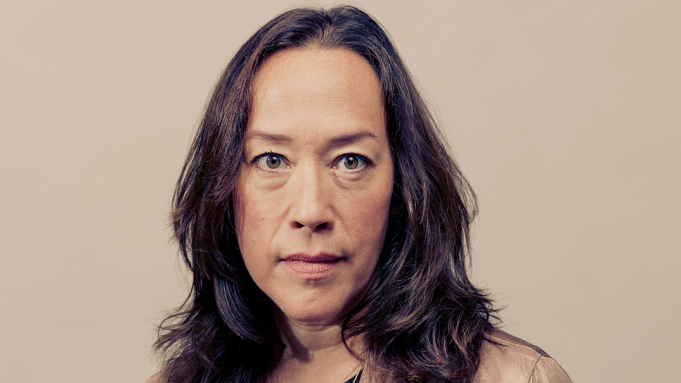
Karyn Kusama’s work has often brought new perspectives to horror. Jennifer’s Body delivered a darkly comedic look at body envy and sexuality. The Invitation subverted the dinner party genre by imbuing it with a growing sense of unease. And, with one of the best films of the decade, Destroyer explored the effects of trauma and the growing weight of violence and pain on ones soul. Kusama’s direction has always been one full of deep curiosity, ever probing the narrative she’s working with. This kind of curiosity would be put to great use with the growing interest with the world that Frankenstein’s creation has. Kusama would do wonders with the scene where the monster meets a young girl by the lake, where its curiosity and fear overwhelm it to a devastating effect.
Céline Sciamma
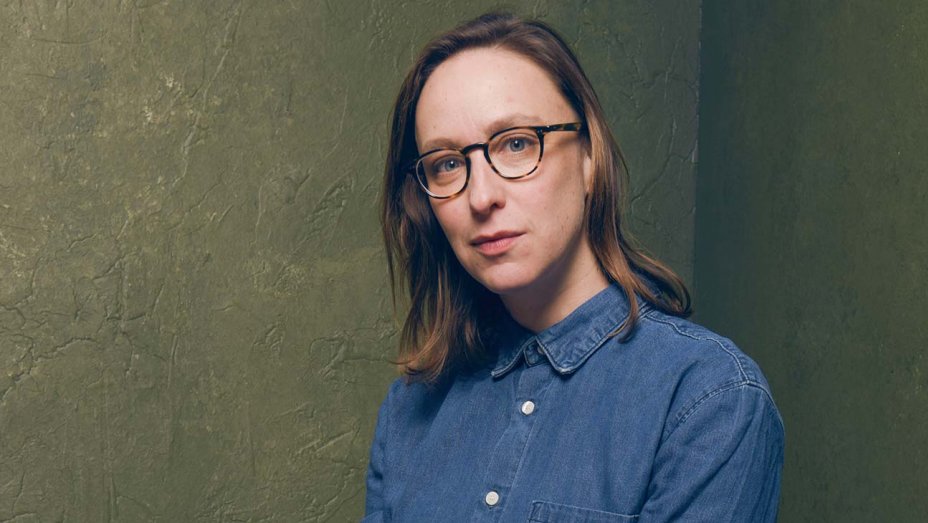
The way that Céline Sciamma helps Karidje Toure grow and evolve in Girlhood is such an impressive achievement that I cannot help but applaud her work. I haven’t seen Portrait of a Lady on Fire yet, but I hear it is just as towering an achievement of direction. As a feminist director, Sciamma would help bring the voice of Mary Shelley to life with a Frankenstein film, and ideally would reflect the authors tragic life through her most iconic text. The way that loss, guilt, and overcoming the boundaries of nature itself are presented in Frankenstein reflect Shelley’s life, and it’s Sciamma’s observant direction that would help bring those themes to life.
Coralie Fargeat

The way that Coralie Fargeat reworked the rape-revenge genre with Revenge made it feel like a full stop to the often male directed subgenre. Its brutal violence lead by a defiant victim felt like the most extreme takeover of the genre, as if it wasn’t just women’s bodies being taken back, but ownership of the trauma that men so often inflict on them. It’s with this recontextualisation of a staple in the horror genre that would make Fargeat an ideal director to bring a modern Frankenstein story to life. In many ways, Fargeat would be a better fit for a Bride of Frankenstein film, but arguably, what’s the issue with swapping the gender of the creature and making it a woman to begin with? Fargeat’s direction would be frank and open, laying the thematic brutality of creating life from deathout in the open.
Anna Biller
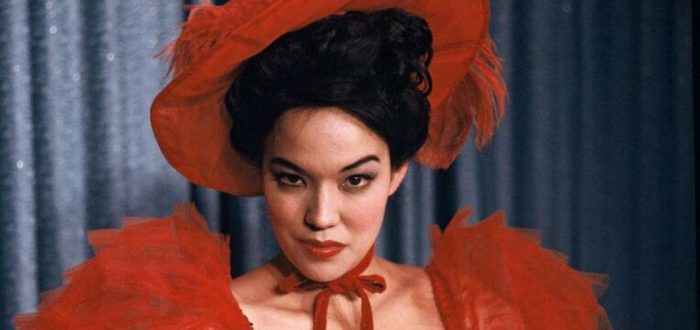
Anna Biller’s style is possibly the most distinct and expressive out of all the directors on the list. The Love Witch was a bright, melodramatic pastel soaked film about sexuality, love, and the desire of a woman. It’s such a transformative modern horror film, one that applies modern feminist ideology with a seventies Jess Franco-esque aesthetic. In a way, as per Biller’s own words, The Love Witch is her Frankenstein, presenting a world where Elaine, the titular love witch, is someone who is crafted by men. Given Biller is a classic movie fan, and one who intimately understands film history, her version of Frankenstein would be not too dissimilar to The Love Witch – bringing modern ideologies to a classic film format.
Floria Sigismondi
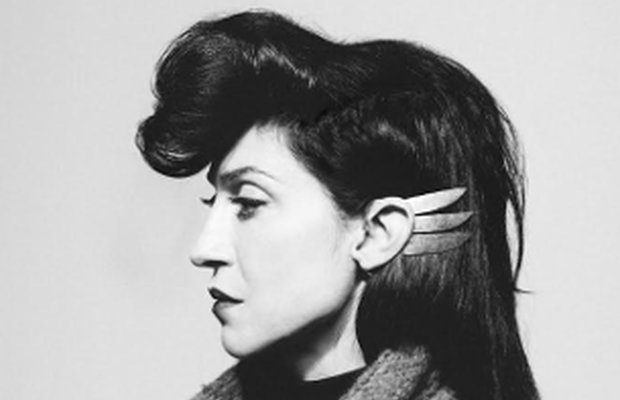
Out of all the directors on this list, Floria Sigismondi is the one I’m less familiar with. But, that doesn’t mean she’s any less suitable for the task of directing a Frankenstein film. If you throw your mind back to the music video for Marilyn Manson’s “The Beautiful People”, you’ll remember it being an aesthetically driven, visually overwhelming slice of pop culture. Her work has mostly been in music videos, but lately she has carved a career with directing TV shows like The Handmaid’s Tale and Hemlock Grove, with her upcoming feature, The Turning, being her horror feature debut. It’s Sigismondi’s visual style that would suit the mish-mash surgically slapped together body of Frankenstein’s monster, and given her ability to turn The Turn of the Screw into a horror feature, it stands to reason that she could do the same for Frankenstein.
Soska Sisters



The Soska Sisters have essentially already made a modern Frankenstein film with American Mary, a gore soaked, surgical horror film like no other. It’s a genuinely unsettling film that doubles down on its core idea and then doubles down on that double down. It’s impressive. The Soska’s were a perfect choice to then subsume the body horror mantle that David Cronenberg once held high, and so with him being long gone from filmmaking, it makes sense that the Canadian sister duo would be a great fit for exploring every aspect of body horror that could thrive within a modern Frankenstein retelling.
Julia Ducournau



…and if the Soska Sisters are busy, then you get Julia Ducournau who dove head first into the body horror realm with her squeam inducing flick Raw. That film already had a fascinating basis in science, taking a look at the life of a veterinary student who discovers a taste for flesh. It’s easy to see Ducournau take the forbidden concept of cannibalism and apply a simply exploration of the taboo of bringing the dead back to life with Frankenstein. Part of the reason Raw worked so well was the way Ducournau explored femininity in a masculine world, and it’s easy to see how she could bring that sensibility to Mary Shelley’s story.
Lynne Ramsay
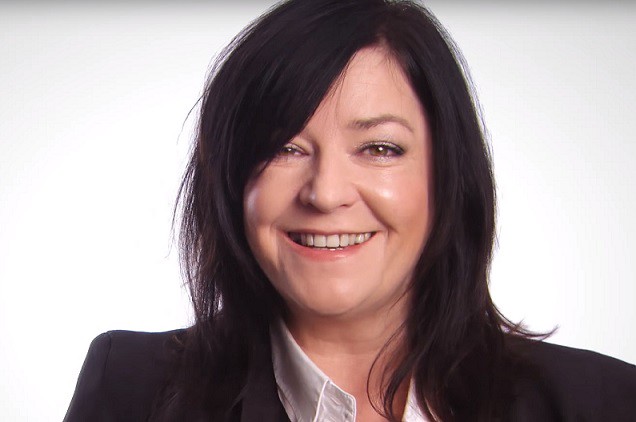


Finally, we have someone who is just as obvious a choice as Jennifer Kent would be: Lynne Ramsay. Ramsay has created a filmography that explores the complexities of masculinity, diving deep into the affectations and intricacies that make men the paradox that they are. Her eye always gives these characters an empathetic look, proposing the notion that in every flawed or damaged person is someone looking for an outlet to exist. In We Need to Talk About Kevin, that outlet was anger, a toxicity that created a quagmire of hate within a young boy. In You Were Never Really Here, it was a man living with PTSD, forging a path through a world that he struggles to exist within. My mind races with the possibilities of what Ramsay would do with a character like Victor Frankenstein, and then, what she could do with his creation.
There are countless more women who would deliver a fascinating take on the Frankenstein story (Nia DaCosta, Andrea Arnold, Jane Campion, Cate Shortland, and more), but these are the ten that I think would turn in something truly fascinating and special. I’m doubtful that Universal will consider a woman director for any of their Universal Monsters films, but I’m hopeful that if they do, it’s with the eventual Frankenstein film that they do. Mary Shelley deserves the respect and honour at least.
Cover art by Jessica Seamans

